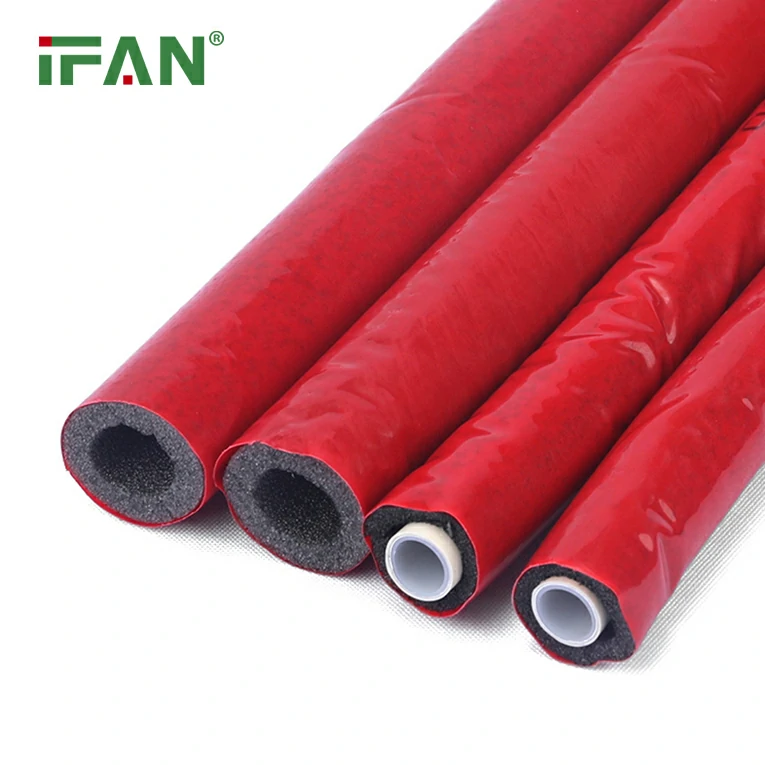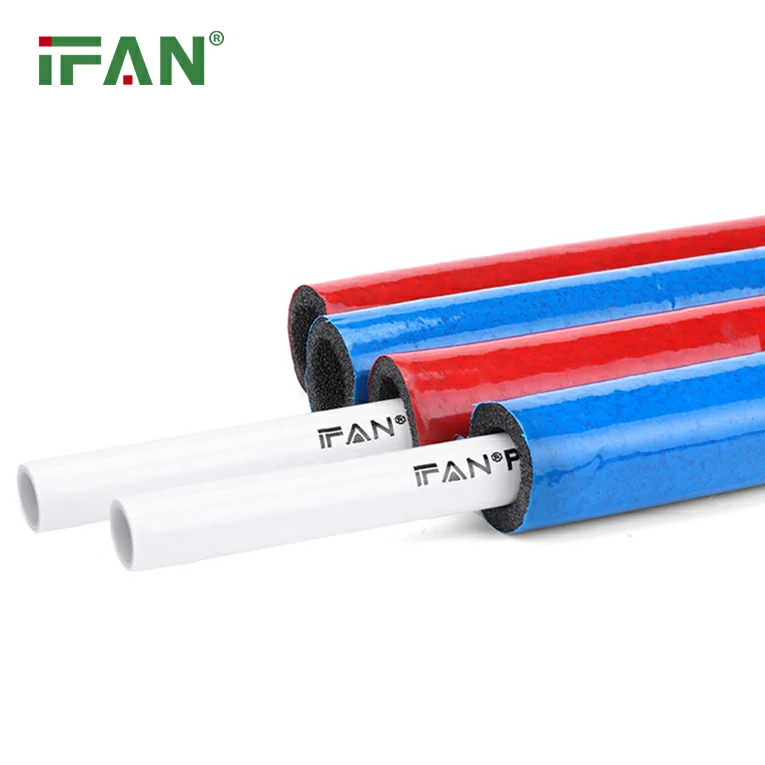Introduction
In today’s rapidly evolving construction and infrastructure landscape, the demand for durable, efficient, and environmentally friendly materials has never been higher. One of the leading players in this sector is Lina Gabion and PPR Pipe Factory PLC, a company dedicated to producing high-quality Polypropylene Random Copolymer (PPR) pipes and innovative gabion solutions. This article delves into the significance of PPR pipes, the role of Lina Gabion and PPR Pipe Factory in the industry, and the broader implications for sustainable construction practices.
Understanding PPR Pipes
What Are PPR Pipes?
Polypropylene Random Copolymer (PPR) pipes are a type of thermoplastic piping made from a versatile polymer known for its strength, durability, and resistance to corrosion. These pipes are widely used in various applications, including plumbing, heating systems, and irrigation. PPR pipes have gained popularity due to their numerous advantages over traditional piping materials.

Key Benefits of PPR Pipes
- Corrosion Resistance: PPR pipes do not rust or corrode, ensuring that the water transported remains clean and safe for consumption. This property makes them ideal for both residential and commercial plumbing systems.
- High Temperature Tolerance: PPR pipes can withstand high temperatures, making them suitable for hot water supply lines. They can operate safely at temperatures up to 95°C (203°F) without compromising their structural integrity.
- Lightweight and Easy to Install: The lightweight nature of PPR pipes allows for easier handling and installation. This feature reduces labor costs and installation time, making them a cost-effective choice for construction projects.
- Durability: PPR pipes have a long lifespan, often exceeding 50 years. Their durability translates to lower replacement costs over time, making them a financially sound investment for plumbing and construction.
- Environmental Sustainability: PPR pipes are recyclable, contributing to sustainable practices in the plumbing and construction industries. By choosing PPR pipes, builders and contractors can reduce their environmental footprint.
Lina Gabion and PPR Pipe Factory PLC: Company Overview
Company Background
Lina Gabion and PPR Pipe Factory PLC is a leading manufacturer of PPR pipes and gabion solutions, committed to providing high-quality products that meet the needs of modern construction. Founded with the vision of promoting sustainable building practices, the company has established itself as a trusted name in the industry.
Product Offerings
- PPR Pipes: Lina Gabion specializes in producing a wide range of PPR pipes, suitable for various applications, including residential plumbing, industrial processes, and agricultural irrigation. Their PPR pipes are manufactured using state-of-the-art technology, ensuring consistent quality and performance.
- Gabion Solutions: In addition to PPR pipes, Lina Gabion offers innovative gabion solutions for erosion control, landscaping, and civil engineering projects. Gabions are wire mesh containers filled with rocks or other materials, providing stability and aesthetic appeal in various applications.
Commitment to Quality
Lina Gabion and PPR Pipe Factory PLC is dedicated to maintaining the highest quality standards in its manufacturing processes. The company adheres to international quality certifications and employs rigorous testing procedures to ensure that its products meet or exceed industry standards.
The Role of PPR Pipes in Sustainable Construction
Water Conservation
Water scarcity is a growing concern in many regions, making efficient water management essential. PPR pipes play a crucial role in water conservation efforts by minimizing leaks and ensuring the safe transport of water. Their durability and resistance to corrosion contribute to a more reliable water supply, reducing waste and promoting sustainability.
Energy Efficiency
The production and installation of PPR pipes require less energy compared to traditional materials, such as metal or concrete. Additionally, PPR pipes are lightweight, which reduces transportation costs and energy consumption during installation. By choosing PPR pipes, builders can lower their overall carbon footprint and contribute to more energy-efficient construction practices.
Long-Term Cost Savings
While the initial investment in PPR pipes may be higher than traditional materials, the long-term savings associated with reduced maintenance, lower water loss, and extended lifespan make them a cost-effective choice. Lina Gabion and PPR Pipe Factory PLC emphasizes the financial benefits of using PPR pipes in construction projects, helping clients make informed decisions.
Innovations in PPR Pipe Manufacturing
Advanced Technology
Lina Gabion and PPR Pipe Factory PLC utilizes advanced manufacturing technologies to produce high-quality PPR pipes. These technologies enable the company to maintain strict quality control while increasing production efficiency. By investing in modern machinery and processes, Lina Gabion ensures that its products meet the evolving needs of the construction industry.
Research and Development
The company is committed to continuous improvement and innovation in its product offerings. Lina Gabion invests in research and development to explore new materials, manufacturing techniques, and applications for PPR pipes. This focus on innovation enables the company to stay ahead of industry trends and provide clients with cutting-edge solutions.
Customization Options
Understanding that each project has unique requirements, Lina Gabion offers customization options for its PPR pipes. Clients can request specific dimensions, colors, and fittings to suit their project needs. This flexibility allows builders and contractors to create tailored solutions that meet their design and functionality goals.
The Future of PPR Pipes in Construction
Growing Demand
As awareness of water conservation and sustainable building practices increases, the demand for PPR pipes is expected to grow. Lina Gabion and PPR Pipe Factory PLC is well-positioned to meet this demand by continuing to produce high-quality products that align with industry trends.
Expanding Applications
The versatility of PPR pipes allows for their use in various applications beyond traditional plumbing. As industries evolve, new uses for PPR pipes are emerging, including in renewable energy systems, agricultural irrigation, and industrial processes. Lina Gabion is actively exploring these opportunities to expand its product offerings.
Commitment to Sustainability
Lina Gabion and PPR Pipe Factory PLC is dedicated to promoting sustainable construction practices. By focusing on environmentally friendly materials and manufacturing processes, the company aims to contribute to a more sustainable future for the construction industry.
Conclusion
Lina Gabion and PPR Pipe Factory PLC is a leader in the production of PPR pipes and gabion solutions, committed to delivering high-quality products that support sustainable construction practices. With a focus on innovation, quality, and environmental sustainability, the company is well-equipped to meet the growing demand for durable and efficient piping solutions. As the construction industry continues to evolve, Lina Gabion remains dedicated to providing the best possible solutions for its clients, ensuring a reliable and sustainable water supply for generations to come.
Frequently Asked Questions (FAQs)
1. What are the advantages of using PPR pipes?
PPR pipes offer several advantages, including corrosion resistance, high temperature tolerance, lightweight nature, durability, and environmental sustainability.
2. How long do PPR pipes last?
PPR pipes typically have a lifespan exceeding 50 years, making them a long-lasting solution for plumbing and construction projects.
3. Can PPR pipes be used for hot water supply?
Yes, PPR pipes can safely handle hot water supply lines, withstanding temperatures up to 95°C (203°F).
4. Are PPR pipes environmentally friendly?
Yes, PPR pipes are recyclable and contribute to sustainable practices in the plumbing and construction industries, helping to reduce waste and environmental impact.
5. What customization options are available for PPR pipes?
Lina Gabion and PPR Pipe Factory PLC offers customization options for dimensions, colors, and fittings to meet specific project requirements.






